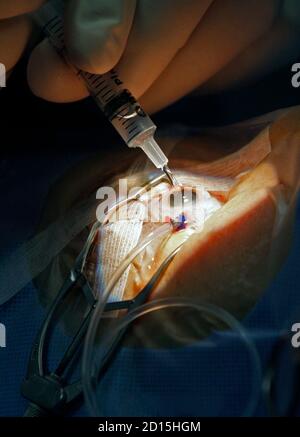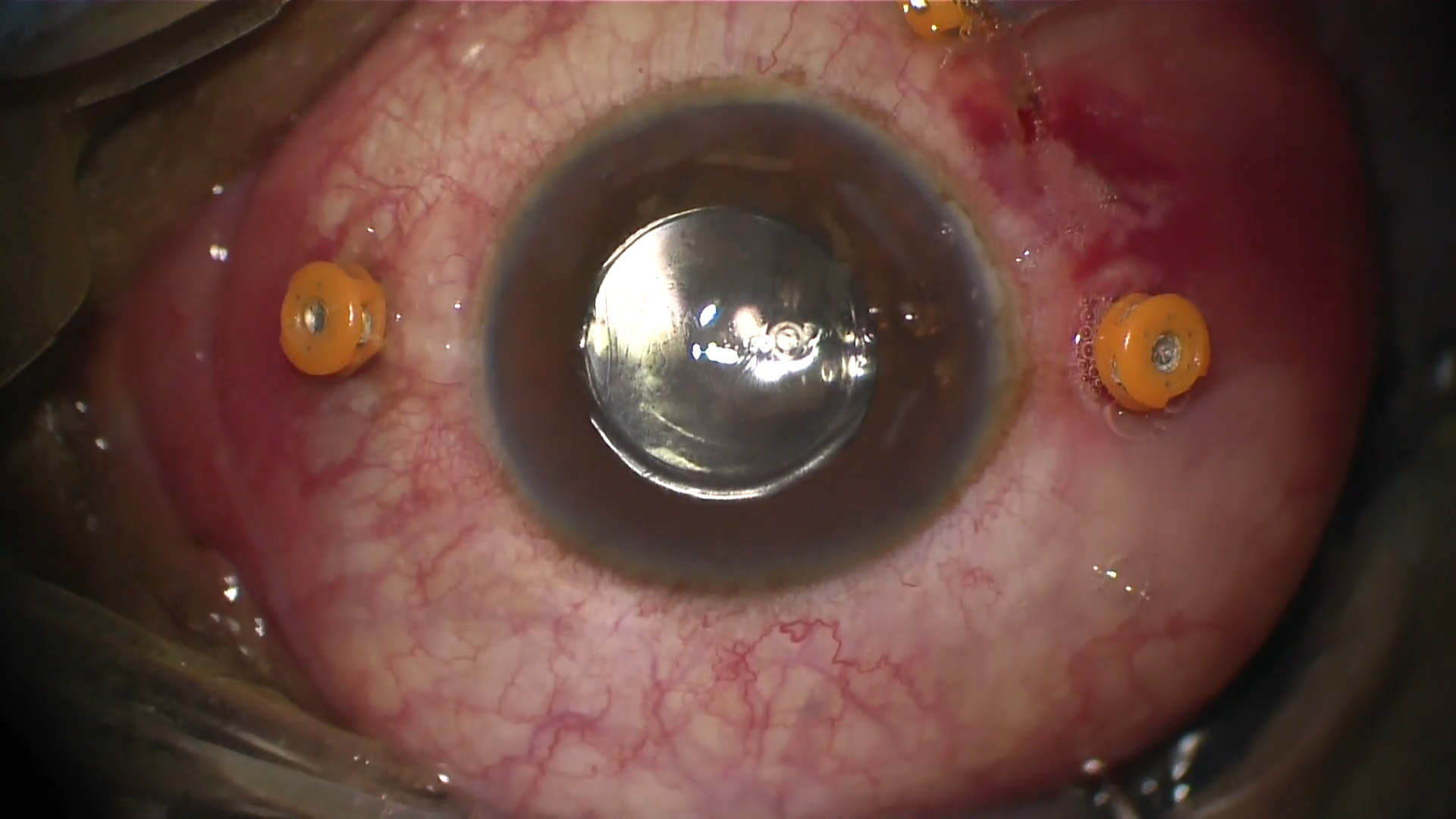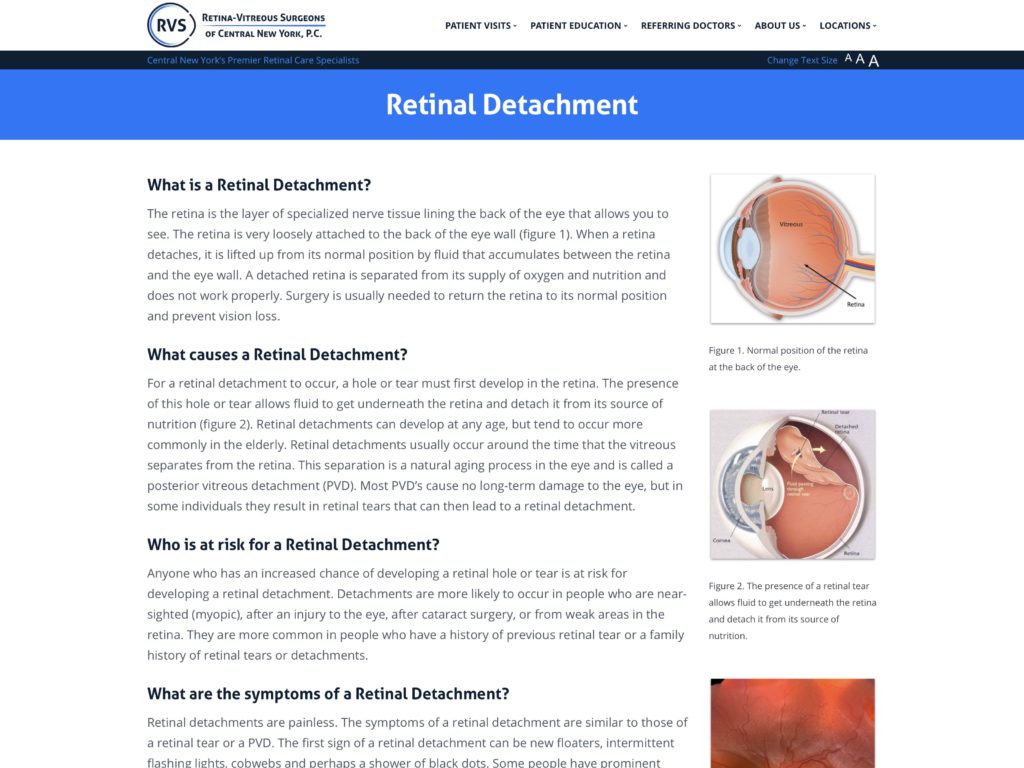

Thermal or cryopexy which is a freezing treatment can both be used to repair the tear when the condition is detected early.

Several options are available for treating the condition before any permanent damage. In case of bleeding in the eyes which clouds the retina, an ultrasound imaging may be suggested by the doctors. Doctors may use eye drops to dilate your pupil and clearly examine the retina. Retinal detachment is diagnosed when you see flashes of light abruptly, without any former indication towards a problem. Another exam called ultrasound imaging can be performed in case of bleeding which makes it difficult to see the retina. A serious surgery can be required if the condition becomes severe. A simple laser surgery can be helpful if the problem is detected early. Early diagnosis is the key to preventing a complete vision loss. In order to get the condition fixed, the doctor may perform an eye exam and use an eye drop to expand the pupil to look for the problem. Other than that, people who have high levels of myopia in their eyes, have had cataract surgery or have a family history of retinal detachment are also likely to have the condition. People who are severely nearsighted or have an eye injury are prone to having the condition. If the retina of your eye gets torn, the fluid of the eye can leak from underneath and cause the retina to separate from the underlying tissue. This condition occurs when your retina, which is a layer of tissue that processes light, gets pulled away. This will be discussed with you in detail before the operation.Retinal detachment is a serious eye problem which can cause permanent blindness if not treated immediately. These include steroid eye drops to control inflammation and antibiotic eye drops to prevent infection.ĭriving after a retinal detachment repair and its requirements will differ depending on the type and configuration of the detachment, and whether gas or silicone oil is used to treat the detachment. You will be given eye drops to take home. Between week 2 and week 4 following retinal detachment surgery, you can gradually start resuming normal activities, and 1 month after surgery all activity restrictions are usually lifted.

During this time, head positioning and rest are very important for a favourable outcome. It is recommended to refrain from all exercise for 2 weeks following a retinal detachment repair. The visual recovery time (sight) following a retinal detachment repair is not always predictable and the final visual result will only be known several months following surgery. The reason for this is due to the scar tissue the eye produces when it heals following a retinal detachment. The single operation success for retinal detachment repair in an acute (no signs of chronicity) retinal detachment is approximately 85%. Some eye floaters can be expected after the retinal detachment surgery, but these are usually transient and subside over a few weeks.

You may be expected to position your head for 5 to 7 days to allow the gas bubble or silicone oil to press against a certain part of the retina while it heals. You can expect to be off work for 2 weeks. This depends on several factors, including the configuration of the retinal detachment and the amount of scar tissue the eye has produced. How long does recovery take post retinal detachment surgery?


 0 kommentar(er)
0 kommentar(er)
